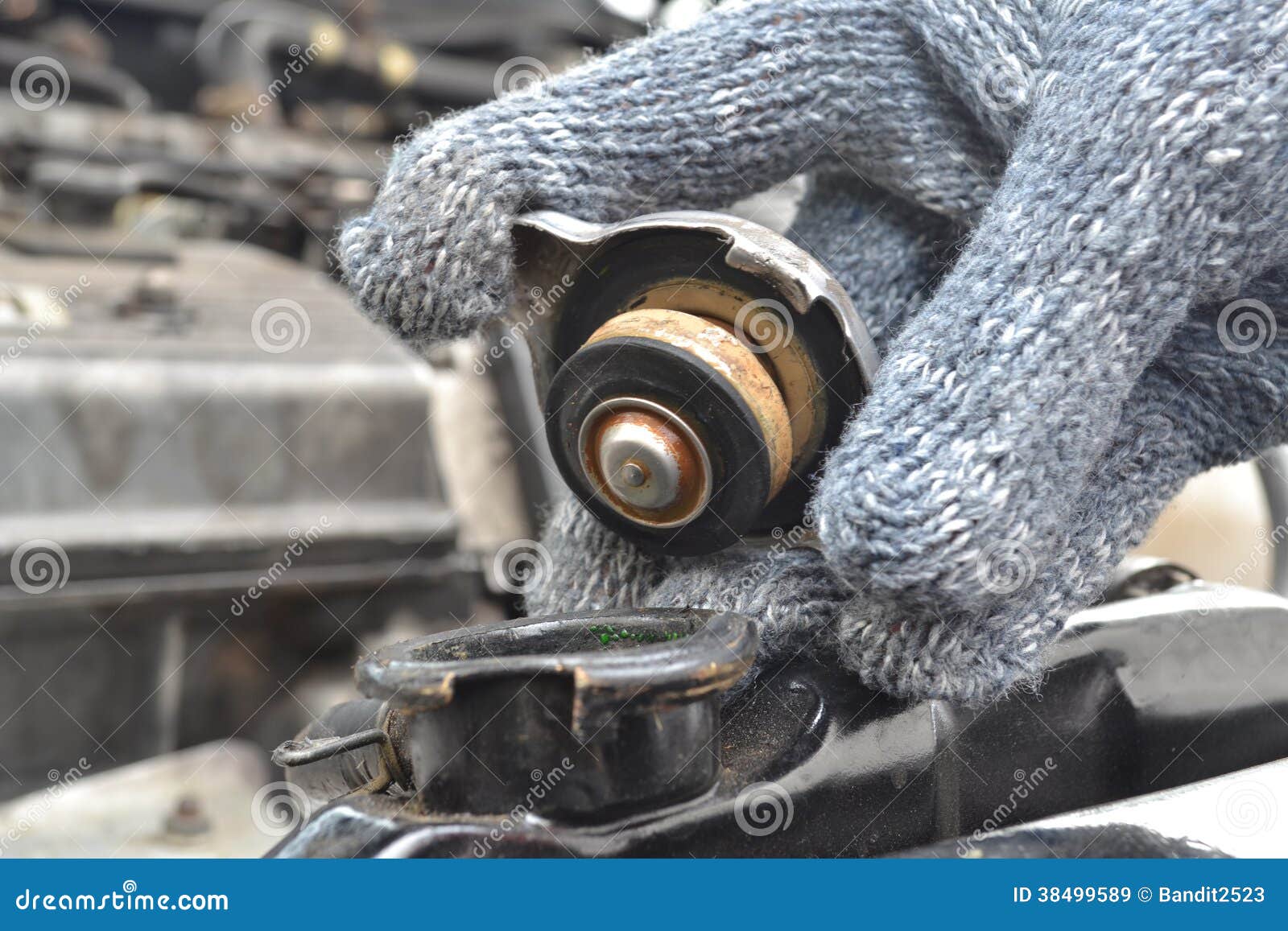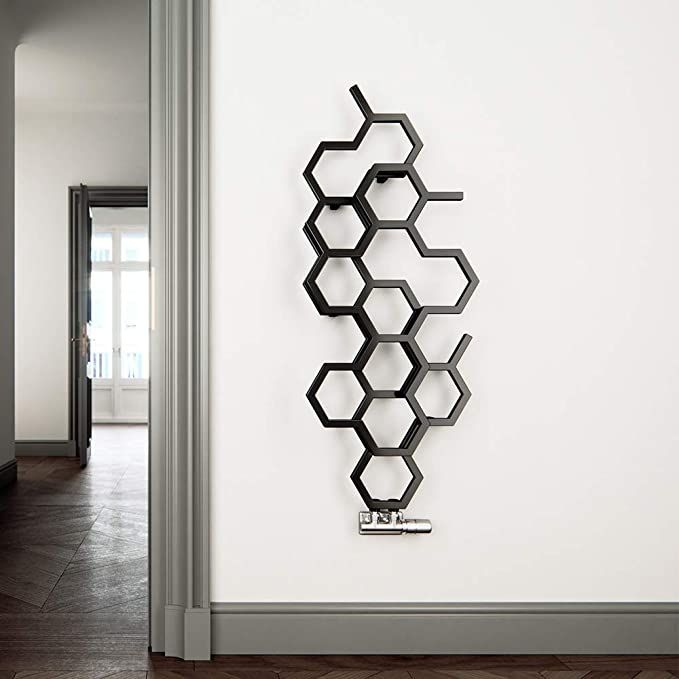
#RADIATOR CHECK HOW TO#
Here are a few general tips on how to keep your radiators clean: Regularly cleaning your radiators will ensure they are in tip-top condition, and doing so just before winter ensures they’re performing efficiently. Debris can easily accumulate between the radiator fins and this can hinder the heat output as it has to work doubly hard to heat the room – leading to higher heating bills.
#RADIATOR CHECK FREE#
When your radiator is free from dust and dirt, the natural convection works efficiently. Keeping your radiator clean will not only lead to it looking much better, but is also key to ensure optimum performance. Bleeding your radiator is essential to improving its efficiency and maintaining its good condition. Be careful not to bleed the valve too far, or you could cause damage to the radiator. If you don’t have a radiator key, you may be able to use a flathead screwdriver to turn the bleed valve (depending on the valve), but radiator keys are cheap and widely available.


Check the valves – ensure that the valves are open and that they have not seized up.Bleeding the radiators will remove any trapped air. Check for air bubbles – air bubbles can get trapped in the radiators, which can prevent them from heating up properly.Check for leaks – look for any signs of water or coolant leaking from the radiators.Check the temperature – your radiators should be heating up evenly, but if you find that one or more radiators are not heating up as well as the others, this could be a sign of a problem.It’s crucial to have your heating system checked regularly by a qualified technician or heating engineer, but there are also certain issues you can look out for: If you find any issues, you’ll need to have them repaired or replaced depending on the problem at hand. How to prepare radiators for winter Assessing Radiator Functionalityįirst thing’s first, you need to check for any existing problems with your radiator. If you are unsure what a boiler service involves, the consumer association Which? has published a handy checklist of what your engineer should be looking at. Make sure you choose an engineer who is Gas Safe registered. It will also flag any issues that could potentially cause a problem when the weather is at its coldest, for example, that the thermostat is working properly, or your heating system needs flushing to clean out any accumulation of dirt and sludge in the system. It will ensure your boiler is in tip-top condition ready for the work it’ll need to do over the long winter months.

Now is the perfect time to arrange your annual boiler service. By servicing your boiler as well as fixing, cleaning, bleeding and balancing your radiators during the summer, you won’t have the extra hassle to worry about when the temperature starts dropping. This will give you a chance to organise any repair work or carry out any essential maintenance that needs to be completed so your home stays warm during the winter months.

Before the cold weather creeps up again, be sure to check that every part of your central heating system or radiators is working properly.


 0 kommentar(er)
0 kommentar(er)
